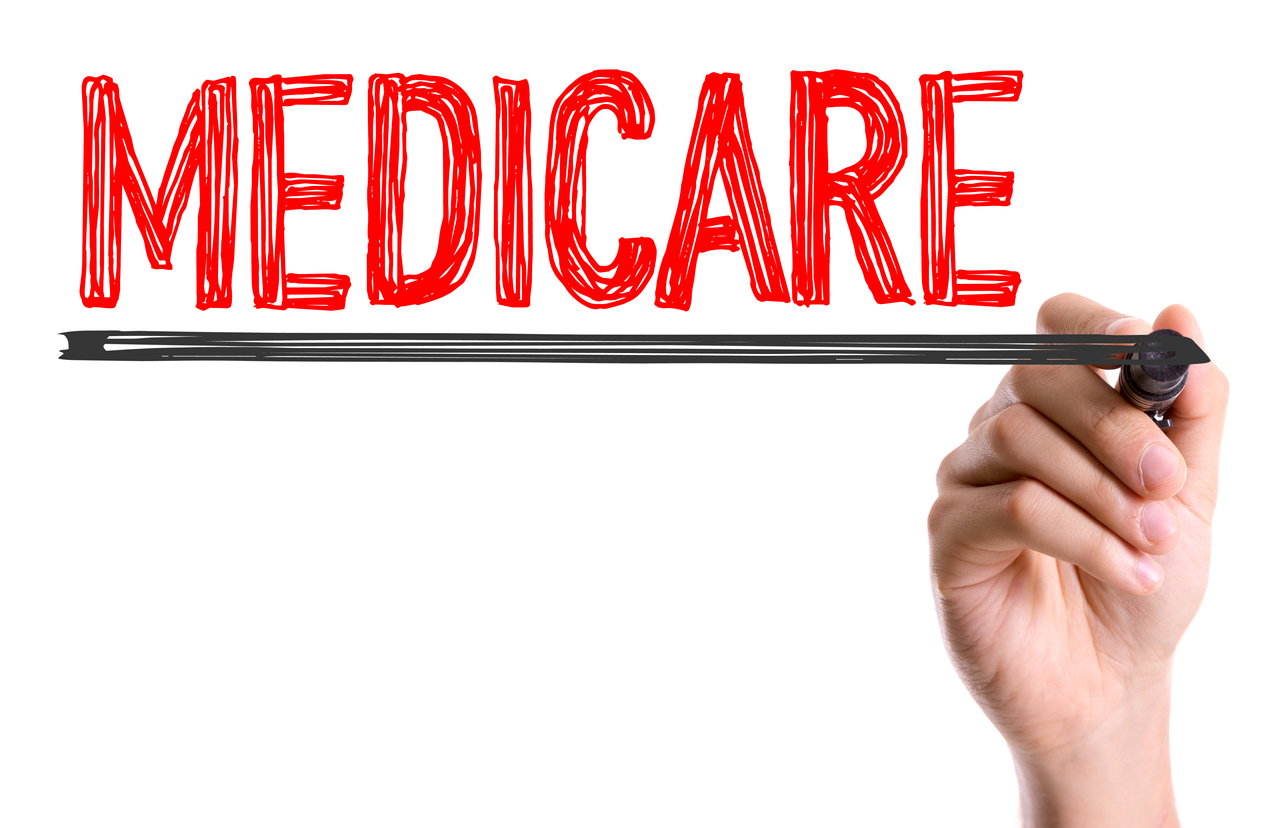The Importance of Payment and Care Delivery Transformation for the Benefit of Medicare

A recent federal report indicates Medicare Part A is on shakier ground than was previously anticipated. Growing enrollment and use coupled with rising healthcare costs and lower payroll taxes will likely increase financial pressures in coming years. Congress has already enacted payment reductions to providers, and one can only expect there will be more to come in the near future.
It underscores why traditional strategies are no longer enough. We must transform our payment and care delivery system to think a lot more about cost in addition to quality and patient outcomes.
Another Projection to Run Out of Funds
The Centers for Medicare and Medicaid Services said in its most recent annual report to Congress by the Boards of Trustees of the Medicare Trust Fund that Medicare Part A will become insolvent in 2026, three years earlier than was previously forecast.
Treasury Secretary Steven Mnuchin said in a statement that while the programs remain secure, and Medicare is on track to meet its obligations into the next decade, “long-term issues persist.”
There are several factors at play. First, the aging population is increasing the demand for Medicare enrollment and use at a time when payroll tax revenues are declining. In addition, national healthcare spending is projected to outpace GDP growth by 1 percent annually through 2026, according to a recent CMS report.
While concerns about the financial health of Medicare aren’t new, this is a notable announcement. In the past 20 years, only twice has the Part A trust fund been projected to run out of money within the timeframe of the report’s projections (within ten years).
In both cases, the federal government responded with measures that impacted health systems. In 1997, Congress established new payment models for several Part A providers under the Balanced Budget Act of 1997. And in 2010, Congress made significant reductions to provider payments and implemented value-based purchasing initiatives under the Affordable Care Act.
More pressures are likely looming on the horizon. The CMS report stated under current law, “payments [to providers in 2026] would be reduced to levels that [Part A costs] could be covered by incoming tax and premium revenues when the HI trust fund was depleted.”
This comes at a time when Medicare reimbursement is already challenging providers. In 2019, full adoption of the Medicare Access and CHIP Reauthorization Act of 2015 (MACRA) will move physicians to a value-based payment system, something that could decrease hospital reimbursement from Medicare by up to $250 billion over the next 15 years, according a report published last year in Health Affairs. Meanwhile, more patients are also moving to Medicare Advantage which generally pays less than traditional Medicare.
We Must Transform Patient Care and Delivery
Now more than ever, healthcare providers must think a more about cost in addition to quality and patient outcomes. As we have been suggesting for quite some time now, Medicare as we currently pay for it is not sustainable. The healthcare industry is running headfirst into a brick wall and will face greater reimbursement pressures in the coming years. Failing to transform payment and care delivery will only compound the problem, leaving providers to offer the same level of care while reimbursement rates continually decline.
This year’s report indicates that in 2026 providers would have to make up about 10 percent of Medicare costs, or approximately $1.4 billion.
There is only so much providers can influence in the political arena, and there is no guarantee of how the federal government may respond in the coming years, or what changes may be coming down the pipeline. Rather than wait until payment cuts are forced upon us, we believe providers should aggressively pursue opportunities to innovate care delivery, change their cost structure and seek new payment mechanisms. Pre-empting these issues will not only help weather the coming storm, but also ensure a more financially viable future.
Healthcare executives must consider transformation and new levels of strategy, planning and feasibility that move beyond today’s models. We are now facing fundamental changes in the cost structures of our healthcare organizations, and only innovation can help us adapt while continuing to provide the same services.
Providers will no longer survive with a “business as usual” mindset and must move away from traditional approaches to those with a more holistic and integrated view. Transforming payment and care delivery can not only help sustain Medicare, but our own institutions.


Comments